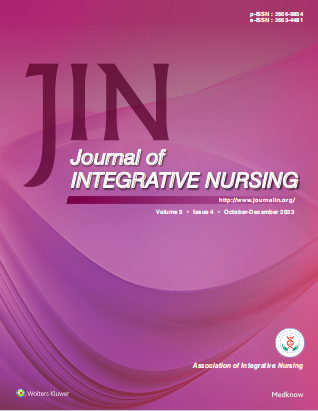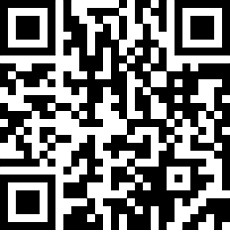苏ICP备2022043413号-4,  苏公网安备 32010202011383号
苏公网安备 32010202011383号
Copyright © 2019 Journal of Integrative Nursing
Chinese Editorial Office: Room 205, No.3 Building, Zijin Lianhe Cubic Square, Nanjing, 210037, China
Tel: +86-25-85552880 E-mail: jin2019@zxyjhhl.net.cn
Powered by Beijing Magtech Co. Ltd
 苏公网安备 32010202011383号
苏公网安备 32010202011383号Copyright © 2019 Journal of Integrative Nursing
Chinese Editorial Office: Room 205, No.3 Building, Zijin Lianhe Cubic Square, Nanjing, 210037, China
Tel: +86-25-85552880 E-mail: jin2019@zxyjhhl.net.cn
Powered by Beijing Magtech Co. Ltd




 Just Accepted
Just Accepted